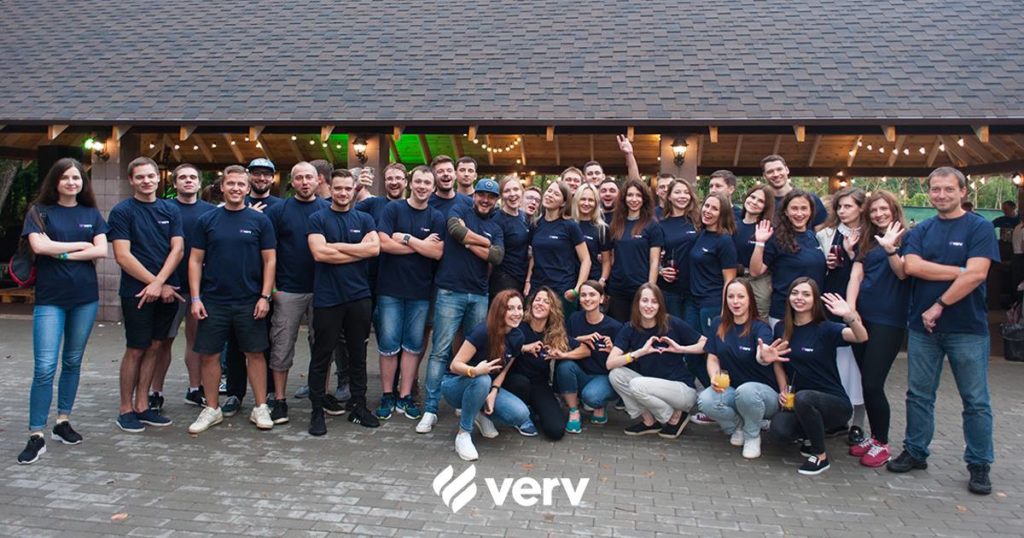Facebook Marketing: 3 Insider Tips from Verv
We’re pretty lucky to be working with some of the most innovative app marketers in the business. In general, our customers are operating on modest budgets (unlike King or Supercell) and must be thoughtful about every dollar they spend, where they spend it, and how they measure success. To that end, we’ll do our best to gather and share quick tips and insights from our customers on the mobile marketing tactics and strategies they’re using to generate sustainable and profitable growth.

This week, the team at Verv offered to share a few thoughts on ramping up your Facebook Marketing efforts.
1) Understand your goals
Whether you’re talking about life in general or Facebook ads, goal-setting is extremely important. In our experience, it’s best to either prioritize (a) moving up in your category rankings, or (b) optimizing for profitability. It’s very difficult to do both in parallel without a really large budget to begin with.
(a) If you want to improve your ranking, it stands to reason that you should focus on driving installs. In general, larger audiences can be targeted with this strategy as you need to attract meaningful traffic. A secondary success metric for this strategy would be organic installs, which should be growing as a result of the increased ranking in your category. Blended costs of acquisition (paid plus organic) should be going down when you employ this strategy effectively.
(b) If your goal is to optimize for profitability of each campaign, you’ll need to focus on precise audience targeting and smaller campaigns. A general rule here is “less is more” – start with really small campaigns and keep the focus on converting installs into paying users. In general, campaigns utilizing diversified, non-overlapping narrow target groups will prove to be more effective than targeting wider audiences. Of course, within each target group you should also be testing different ad sets (creative, copy etc.). And while you’d always prefer to rely on statistically significant results, the law of small numbers generally limits your ability to perform true A/B tests. At the end of the day, you need to trust your gut when interpreting results.
2) Use Lookalike audiences
These are the people with characteristics similar to audiences you have already established, ranging from a previously-created custom audience, to an existing subscriber list or a list of people who liked your Facebook page. For most folks who have done any Facebook advertising, lookalike audiences are a no-brainer. However, it bears repeating: build lookalike audiences early and often. Install tracking pixels where you can, as Facebook makes it very easy to track events and connect those events to existing Facebook users. Aside from simply expanding reach, lookalike audiences can also be useful for testing new campaigns, messaging, or any other items that you may not yet be ready to share with your core audience. A rule of thumb here is to start with lookalikes that have the lowest level of similarity to your existing groups in order to minimize risk.
3) Re-engage existing users
So you’ve paid for an install, but what happens if they aren’t engaging or never completed signup? Facebook mobile engagement ads are a great way to reactivate existing users – showing your ads as a gentle reminder to the folks who have already installed your app, but may not be using it to the fullest. These can be particularly useful if you’re trying to drive a certain behavior within your app, such as visiting a purchase page or testing out a new feature. If you’ve reached a goal with install volume but haven’t yet gotten the monetization right, think about trying engagement ads to drive the intended outcomes.
Overall, the beauty of Facebook campaigns is reach – there are people out from every imaginable demographic, interest group whatever other filter you can apply to carve up an audience. Whether you’re marketing health and fitness apps or B2B productivity tools, Facebook can be a great tool for acquisition. Given this scale, you can usually see what’s working and what isn’t within the first days of campaign launch. However, getting to large-volume marketing profitability takes time, money and relentless focus on iteration and optimization – and it’s most definitely not a part-time job. For companies that have begun to benchmark their marketing efforts and are feeling good about starting to increase investment, we encourage you to reach out.
Learn how Verv grew revenue 50x and earned a spot on the US App Store’s Top 100 Grossing Apps chart.



